Understanding APIs: How Software Talks to Each Other
The Building Blocks of API Communication
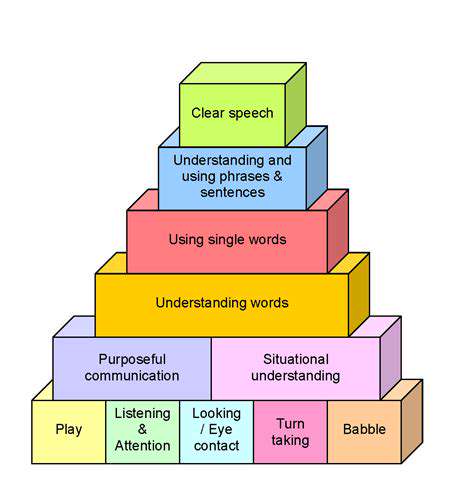
Understanding API Endpoints
API endpoints are the specific URLs that applications use to interact with an API. They act as the gateway to specific data or functionalities within the API. Understanding the structure and purpose of these endpoints is crucial for effectively building applications that utilize the API. Knowing which endpoint to call for a particular action streamlines the development process and ensures accurate data retrieval.
Different endpoints often correspond to different operations, such as retrieving data, creating new resources, or updating existing ones. Each endpoint typically has a specific format, often adhering to standards like RESTful principles. Familiarizing yourself with these formats allows you to craft correct requests and interpret responses effectively.
Data Formats and Serialization
APIs frequently utilize specific data formats like JSON or XML to transmit data. These formats allow for structured representation of information, enabling applications to easily parse and utilize the received data. Understanding how this data is formatted is fundamental to interpreting and using the API's responses effectively.
Authentication and Authorization
Secure API access often requires authentication and authorization mechanisms. These mechanisms protect sensitive data and ensure that only authorized applications or users can access specific resources. Implementing these mechanisms correctly is paramount for preventing unauthorized access and maintaining data integrity.
Various authentication methods exist, such as API keys, OAuth, or JWTs. Understanding which method an API utilizes and how to implement it within your application is critical for secure and reliable communication.
HTTP Methods
Understanding HTTP methods (like GET, POST, PUT, DELETE) is essential for interacting with API endpoints. Each method defines a specific action to be performed on the target resource. Using the correct HTTP method ensures that the API performs the intended operation accurately, and avoids errors.
For instance, a GET request retrieves data, while a POST request typically creates new resources. Choosing the appropriate HTTP method is a critical element of API interaction.
Error Handling and Response Codes
APIs often return response codes to indicate the outcome of a request. Understanding these codes (like 200 OK, 404 Not Found, 500 Internal Server Error) helps developers diagnose potential issues and handle errors gracefully. A robust error-handling strategy is crucial for building reliable and user-friendly applications that can adapt to unexpected situations.
Proper error handling allows applications to respond appropriately to failures, providing informative feedback to users and enabling effective debugging.
Different Types of APIs
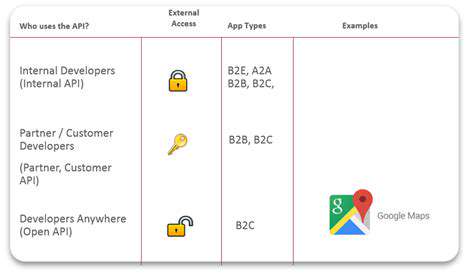
REST APIs
RESTful APIs, or Representational State Transfer APIs, are widely used for building web services. They utilize HTTP methods like GET, POST, PUT, and DELETE to interact with resources. This architectural style is simple to understand and implement, making it a popular choice for developers. REST APIs typically use standard HTTP status codes for responses, allowing clients to easily interpret the outcome of requests.
A significant advantage of REST APIs is their scalability. They can handle a large volume of requests efficiently. This is crucial for applications that need to serve many users simultaneously. Furthermore, REST APIs are often well-documented, making it easier for developers to understand and use them.
GraphQL APIs
GraphQL is a query language for your API, offering more flexibility than REST APIs. Instead of defining resources upfront, GraphQL allows clients to specify the exact data they need. This reduces the amount of data transferred, improving performance and efficiency.
GraphQL's ability to fetch specific data makes it ideal for applications that need to display customized content. For example, in e-commerce applications, a user could request only the details of a specific product, rather than retrieving the entire catalog. This targeted data retrieval is a key advantage over REST APIs.
SOAP APIs
SOAP, or Simple Object Access Protocol, is a messaging protocol that uses XML for encoding data. It's primarily used for exchanging structured data between applications. SOAP APIs often utilize a complex structure, which can make them more difficult to implement compared to REST APIs.
While SOAP APIs are robust and well-suited for complex interactions, they often involve more overhead and can be less performant than REST APIs. Their XML-based structure can lead to larger payloads, impacting performance, especially in scenarios with high request volumes.
gRPC APIs
gRPC APIs leverage Protocol Buffers for serialization and are built on top of HTTP/2. This allows for efficient communication between services, leading to improved performance compared to REST APIs. gRPC is a powerful choice for microservices architectures, enabling fast and efficient data exchange between different parts of an application.
gRPC's use of Protocol Buffers enables a more efficient data exchange process than JSON. This is because Protocol Buffers are tailored to optimize data size and are highly performant.
WebSockets APIs
WebSockets APIs establish persistent connections between a client and a server, allowing for real-time communication. This is crucial for applications like chat applications or collaborative editing tools, where instant updates are essential. The persistent connection significantly improves user experience by enabling immediate updates.
WebSockets are particularly well-suited for applications requiring bi-directional communication, enabling real-time updates from the server to the client.
Streaming APIs
Streaming APIs are designed for handling continuous data streams. They're often used for tasks like video or audio streaming, where data is continuously generated and needs to be delivered in real-time. This type of API is a necessity for applications requiring constant data flow.
Streaming APIs allow for efficient delivery of large amounts of data, without requiring the entire dataset to be loaded at once. This is crucial for handling large media files or live data feeds.
GraphQL vs REST APIs
A key difference between GraphQL and REST APIs lies in how data is retrieved. REST APIs typically require multiple requests to fetch different pieces of data. GraphQL, on the other hand, allows clients to specify all the data they need in a single request. This reduces the number of requests and improves efficiency. This single-request approach to data fetching is a significant advantage in terms of performance and user experience.
GraphQL's flexibility allows for more customized data retrieval compared to REST APIs. This customization capability is often crucial for complex applications that need to tailor data presentations to specific user needs.
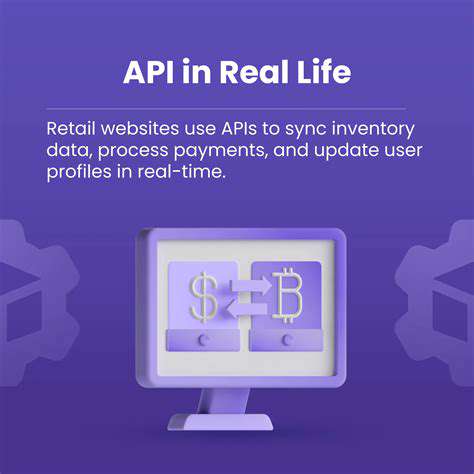
Read more about Understanding APIs: How Software Talks to Each Other
Hot Recommendations
- Review: The New [Specific Brand] Smart Lock Is It Secure?
- Best Budget Studio Monitors for Music Production
- Top Flight Simulation Peripherals (Joysticks, Throttles, etc.)
- Top Portable Scanners for Document Management On the Go
- Reviewing the Latest Smart Air Purifiers for Your Home
- Best Portable Photo Printers for Travelers and Memory Keepers
- The Future of Personal Transportation Beyond Cars (Hyperloop, eVTOL)
- Top Network Monitoring Tools [Free & Paid Options]
- Understanding the Tech Behind mRNA Vaccines [A Look Inside]
- Guide to Choosing the Right Gaming Chair for Ergonomics
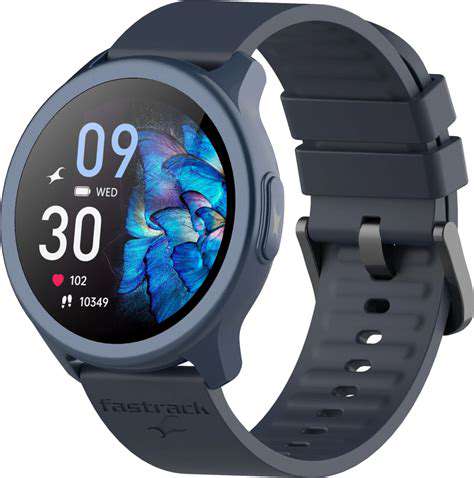
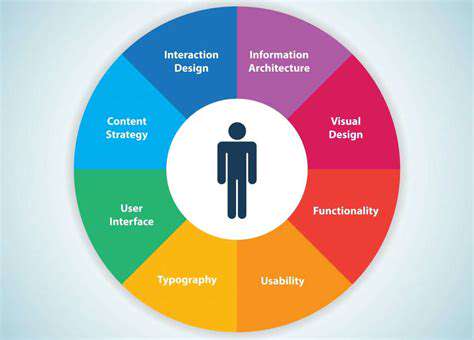



![Reviewing the Latest Gaming Laptops [Top Models]](/static/images/25/2025-07/TheVerdict3AChoosingtheRightGamingLaptopforYou.jpg)


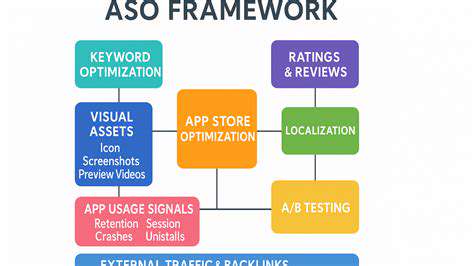
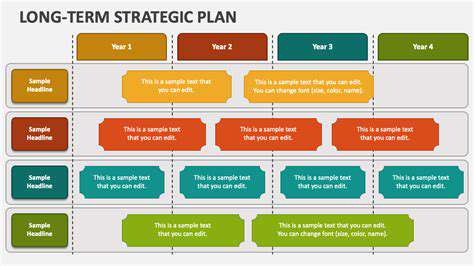
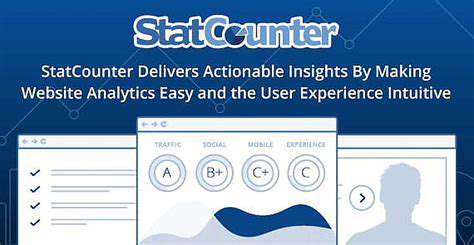
![How to Automate Tasks with [Specific Tool, e.g., Zapier]](/static/images/25/2025-08/ConnectingDifferentApplications3AAPowerfulCombination.jpg)